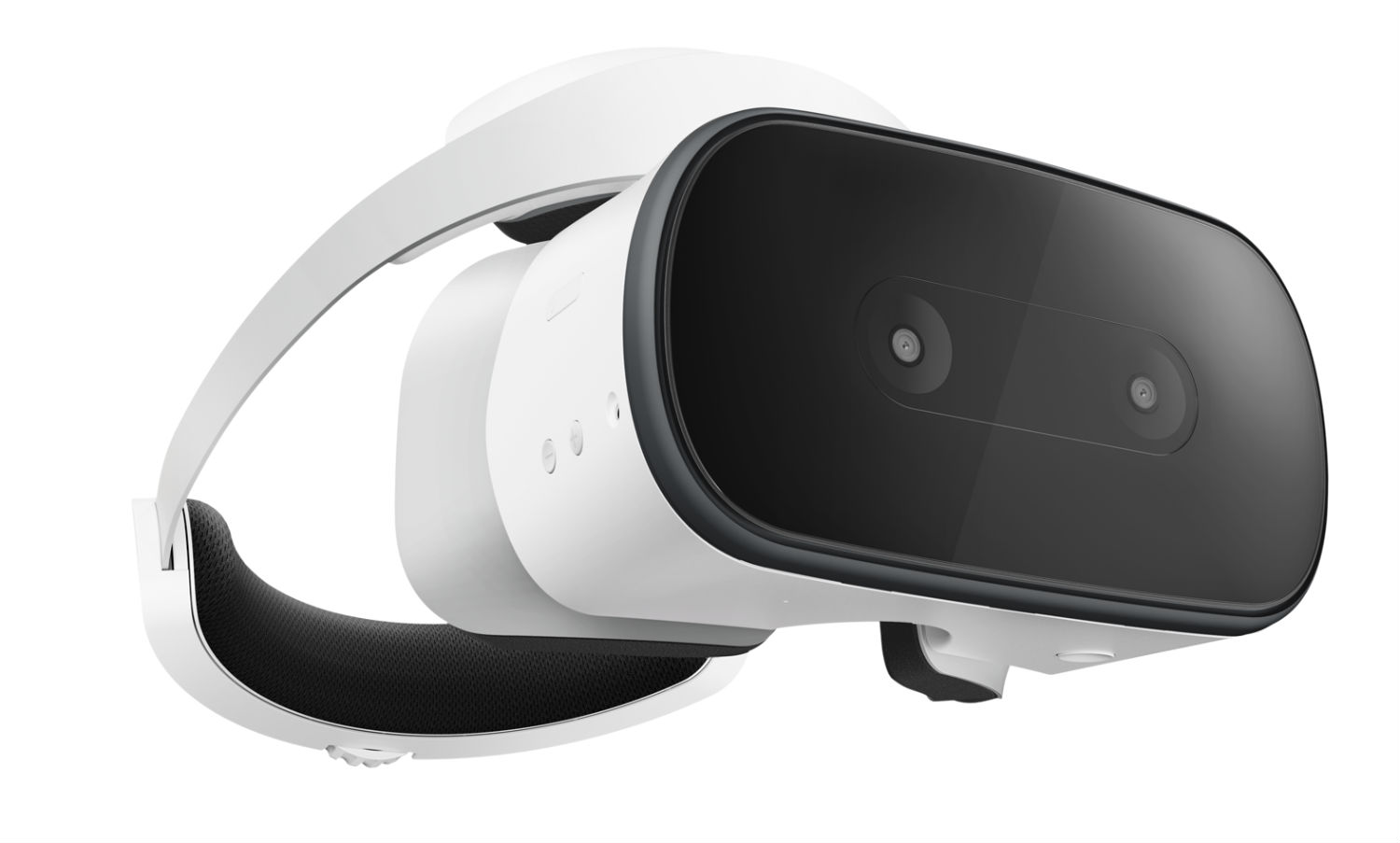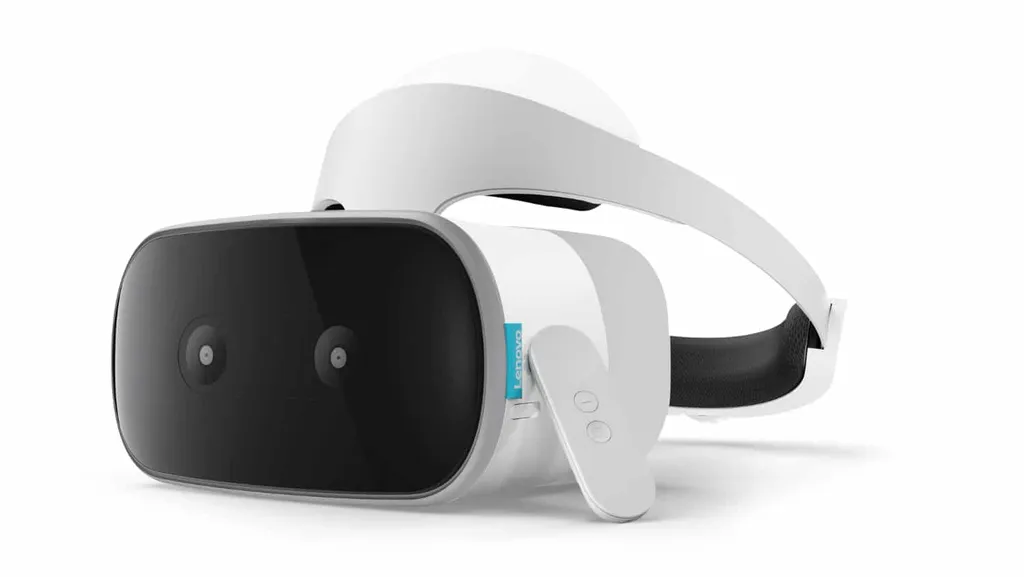Google and Lenovo revealed the first standalone VR headset to utilize the former’s Daydream platform, the Lenovo Mirage Solo. The all-in-one package doesn’t require a mobile phone or high-powered PC to run, starts “under” $400 and is slated to ship in Q2 this year.
We put quotation marks around “under” because Lenovo actually changed the debut price for the Mirage Solo prior to announcing it, initially listing the device as being around $450. The revised pricing guidance just states “under $400”, giving Lenovo some wiggle room should the market be much more competitive when it launches.
The Mirage Solo was initially teased at last year’s Google I/O developer conference as one of the first standalone headsets to adopt Google’s WorldSense inside-out tracking technology. That means that, unlike smartphone-based headsets, users can physically move their head within virtual environments but without the need for any external sensors seen on PC-based devices like the Oculus Rift. The device is based on a reference design established by both Google and Qualcomm.

Running on Daydream means that the device will feature all of the content that’s arrived on the platform thus far, with Google mainstays like YouTube, Photos and Street View already loaded. You’ll control apps with the same remote-like controller seen on the Daydream View meaning that, unlike the headset itself, you won’t be able to physically move your hand through virtual space but instead point, twist and tilt it. Specifications-wise, the headset boasts a 5.5-inch LCD display with a resolution of 2560×1440 and a 75Hz refresh rate. It’s got a 110 degree field of view (FOV) and is powered by the high-end Snapdragon 835 processor with 4GB of RAM and 64GB onboard storage space expandable up to 256GB with a microSD card. The entire device weighs 645 grams and comes in ‘Moonlight White’.
The Mirage Solo is fitted with a 4000 mAh Li-ion Polymer battery, though we don’t yet know what kind of life that will offer. Finally, you’ll find a 3.5mm audio jack (headphones are included in the box) as well as dual microphones, dedicated volume and power buttons as well as an adjustment dial and quick release button. Chromecast is also built in so you’ll be able to project images to a nearby screen.
The Mirage will be going up against other standalone headsets such as Oculus’ $200 Go, which doesn’t feature positional tracking and Pico’s Neo, which includes full tracking on both headset and controller for around $750. Will Google and Lenovo find success with hardware in the middle of these two solutions?


























